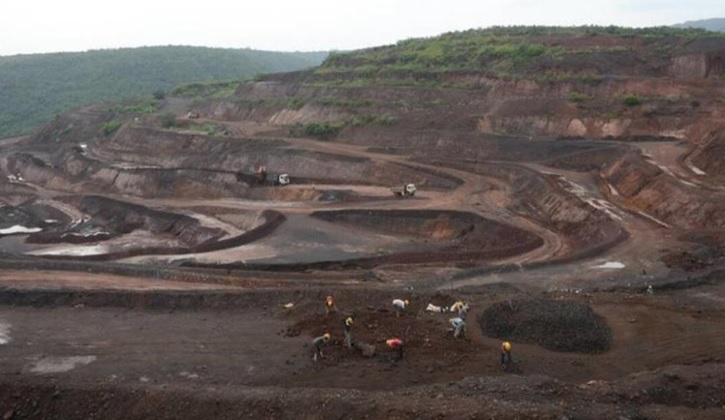New Delhi: Oil and Natural Gas Corporation (ONGC), India’s largest oil and gas producer, will reverse years of decline in production and will gradually raise the output, reported PTI.
A top company official told the news agency that ONGC will this year reverse years of decline in production as it invests billions of dollars to produce from newer discoveries.
“We are definitely looking forward to increasing production of oil and gas in 2023-24 and even in the current year,” ONGC chairman Arun Kumar Singh told PTI.
ONGC produced 21.707 million tonnes of crude oil and 21.68 billion cubic metres (bcm) of natural gas in the fiscal year 2021-22. In the current fiscal year 2022-23, crude oil production is expected to rise to 22.823 million tonnes and natural gas to 22.099 bcm, the report said.
Adding that in the fiscal year 2023-24, crude oil production will climb to 24.636 million and natural gas production is slated to rise to 25.685 bcm. In FY25, crude oil production is expected to be 25.689 million tonnes and natural gas production 27.529 bcm.
ONGC contributes to around 71 per cent of the country’s domestic production. Over the decade the oil giant has reported a decline in production mainly due to ageing oil fields. The government has considered giving away ONGC’s biggest oil and gas fields to private and foreign companies in an attempt to boost output but this has faced internal resistance, the report said.
ONGC chairman Arun Kumar Singh told PTI that the company is open to partnerships in technical difficult fields. He also said that ONGC will continue to invest around Rs 30,000 crore per year in capital expenditure.
According to the report, ONGC is investing Rs 59,000 crore in 20 major projects, including the fourth phase rebuilding of the foundational Mumbai High fields and the bringing into production of oil and gas deposits discovered in deepsea KG block KG-DWN-98/2 (KG-D5). While spending on KG-D5 will increase output, reinvesting in Mumbai High and other fields that are currently producing would help slow the ageing fields’ natural decline.











